Introduction
The culinary world is rich with a diverse array of ingredients that add flavor, texture, and nutritional value to our daily meals. Among these, mushrooms stand out for their unique earthy aroma, versatility in cooking, and numerous health benefits. Shiitake mushrooms, in particular, are renowned for their umami-rich taste and are a staple in many cuisines worldwide. However, like many perishable foods, fresh shiitake mushrooms have a limited shelf life, prompting the question: can fresh shiitake mushrooms be frozen for preservation?
In this comprehensive guide, we will explore the intricacies of freezing fresh shiitake mushrooms, from preparation techniques to storage methods, and the potential impact on their taste, texture, and nutritional profile. We’ll also delve into alternative preservation methods and provide practical tips for optimal freezing results. By the end, you’ll have a clear understanding of whether and how to freeze your fresh shiitake mushrooms to extend their usability.
Understanding Shiitake Mushrooms
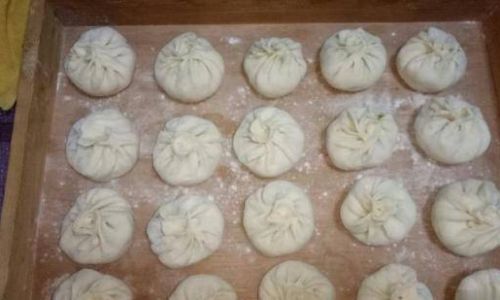
Before diving into the freezing process, let’s first understand what shiitake mushrooms are and why they are so popular. Shiitake (Lentinus edodes) mushrooms are native to East Asia and have been cultivated for over a thousand years. They are characterized by their dark brown, cap-like appearance with a distinctive, wavy edge and a stem that attaches centrally or off-center. Shiitake mushrooms are valued not only for their culinary uses but also for their medicinal properties, which include immune-boosting compounds like lentinan and ergosterol, which helps in vitamin D synthesis when exposed to sunlight.
Fresh shiitake mushrooms are best consumed soon after harvest due to their high moisture content, which makes them susceptible to spoilage. When left at room temperature, they can quickly become slimy, develop an unpleasant odor, and even grow mold. Proper storage is crucial to maintaining their freshness and quality.
The Science Behind Freezing Food
Freezing is a common method of food preservation that involves lowering the temperature of food to below the freezing point of water (0°C or 32°F), thereby inhibiting the growth of microorganisms that cause spoilage. Water in food forms ice crystals during freezing, which can affect the texture and quality of the food upon thawing. However, if done correctly, freezing can effectively extend the shelf life of perishable foods like mushrooms.
The key to successful freezing lies in rapid freezing to minimize the formation of large ice crystals, which can damage cell structures and lead to a mushy texture upon thawing. Slow freezing allows water to form larger ice crystals, disrupting the food’s structure more severely. Therefore, using a home freezer set to its lowest temperature or a commercial quick-freeze machine is ideal.
Can Fresh Shiitake Mushrooms Be Frozen?
Yes, fresh shiitake mushrooms can be frozen for preservation. Freezing slows down the enzymatic activity that leads to spoilage and halts microbial growth, thereby extending their shelf life. However, it’s important to note that freezing will alter the texture and possibly the flavor of the mushrooms slightly. They may become softer and lose some of their firmness upon thawing, but this doesn’t necessarily mean they are unusable. With the right handling and cooking techniques, frozen shiitake mushrooms can still be incorporated into various dishes with satisfactory results.

Preparation for Freezing
Proper preparation is essential to ensure the best quality of frozen shiitake mushrooms. Here are the steps you should follow:
-
Selection and Cleaning:
- Start with fresh, firm shiitake mushrooms that have no signs of spoilage, such as discoloration, sliminess, or mold.
- Gently wipe the mushrooms clean with a damp paper towel or soft cloth. Avoid soaking them in water, as this can cause them to absorb excess moisture, which can lead to freezer burn and faster spoilage.
-
Trimming:
- Remove the stems if they are tough or woody. The stems can be used in soups or stocks but may not be as desirable in sautéed or stir-fried dishes.
- If the caps are large, you can slice them into thinner pieces to ensure more uniform freezing and quicker thawing.
-
Blanching (Optional but Recommended):
- Blanching involves immersing the mushrooms in boiling water for a short period (usually 2-3 minutes) and then plunging them into ice water to stop the cooking process. This step helps to inactivate enzymes that could cause deterioration, retains color and flavor, and helps to remove surface moisture, which can reduce freezer burn.
- Be careful not to overcook the mushrooms during blanching, as this will make them too soft and affect their texture upon thawing.
-
Drying:
After blanching and cooling, pat the mushrooms dry with paper towels to remove any excess moisture. Excess moisture can lead to ice crystal formation and freezer burn.
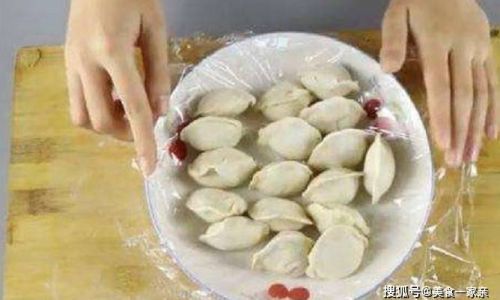
-
Packaging:
- Use airtight, moisture-proof containers or freezer bags designed for food storage. If using bags, remove as much air as possible by pressing the bag flat and sealing it tightly.
- Consider portioning the mushrooms into smaller quantities to make thawing and using easier. Label the packages with the date and contents for future reference.
Storage and Handling
Once prepared, place the packaged shiitake mushrooms in the freezer, ideally on a shelf where they won’t be crushed by heavier items. The freezer should be set to 0°F (-18°C) or below to ensure optimal preservation.
-
Shelf Life: Properly frozen shiitake mushrooms can be stored for up to 6 to 12 months, depending on the quality of the freezer and the packaging. Over time, the mushrooms may lose some flavor and texture, so it’s best to use them within this timeframe for the best results.
-
Thawing: When ready to use, thaw the mushrooms in the refrigerator overnight. Avoid thawing them on the counter or in hot water, as this can promote bacterial growth and lead to food safety concerns. You can also thaw them in the microwave on a low setting, but be aware that this may cause some loss of texture.
-
Cooking: Once thawed, use the mushrooms immediately and do not refreeze them. They can be sautéed, stir-fried, added to soups, or used in any recipe calling for cooked mushrooms. Cooking helps to mask any texture changes caused by freezing and can enhance their flavor.
Alternative Preservation Methods
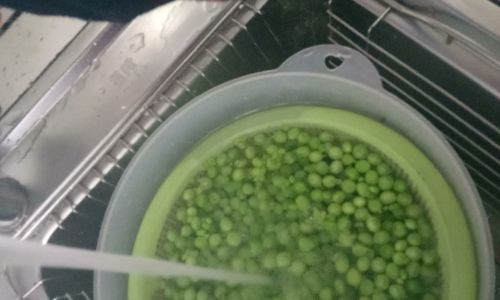
While freezing is a popular and effective method for preserving shiitake mushrooms, there are other options to consider:
-
Drying:
- Dried shiitake mushrooms have a concentrated flavor and can be stored for several months in an airtight container in a cool, dark place. They are excellent for soups, stocks, and dishes where a strong mushroom flavor is desired.
- To dry mushrooms, use a food dehydrator or an oven set to a very low temperature (around 150°F or 65°C) with the door slightly ajar to allow moisture to escape.
-
Canning:
- Canning involves packing mushrooms in jars with a cooking liquid (such as broth or water) and processing them in a pressure canner to achieve a sterile environment. This method allows for long-term storage (up to a year or more) and preserves the mushrooms’ texture and flavor quite well.
- Canning requires specific equipment and knowledge of safe canning practices to avoid botulism and other food safety risks.
-
Pickling:
Pickling mushrooms in a vinegar-based brine can add a tangy flavor and extend their shelf life for several months. This method is less common with shiitake mushrooms but can be an interesting way to preserve them for use in salads or as a condiment.
Conclusion
In conclusion, fresh shiitake mushrooms can indeed be frozen for preservation, provided the proper preparation and storage techniques are followed. While freezing will alter their texture and possibly flavor slightly, with the right handling and cooking methods, frozen shiitake mushrooms can still be a valuable addition to your kitchen. Alternatively, drying, canning, and pickling offer other effective preservation options, each with its own set of benefits and considerations.
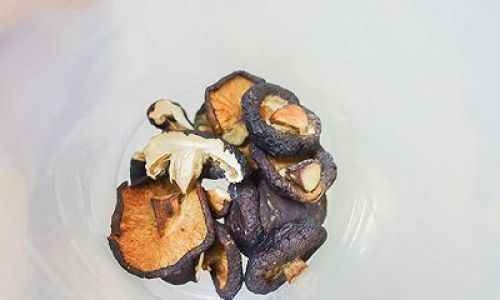
When deciding on a preservation method, consider your needs, available resources, and how you plan to use the mushrooms. No matter which method you choose, the key to successful preservation is starting with fresh, high-quality shiitake mushrooms and following best practices to ensure safety and quality.
By understanding the nuances of freezing and other preservation techniques, you can enjoy the unique flavor and nutritional benefits of shiitake mushrooms throughout the year, transforming them into delicious and satisfying dishes that delight your taste buds and nourish your body. Happy cooking!


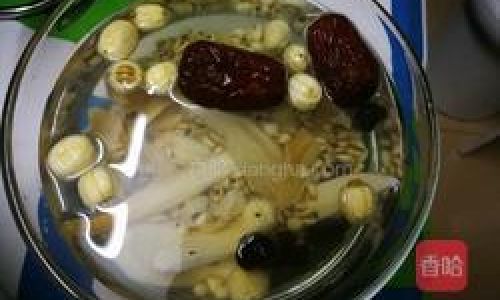
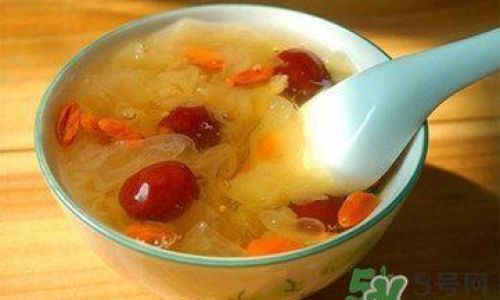
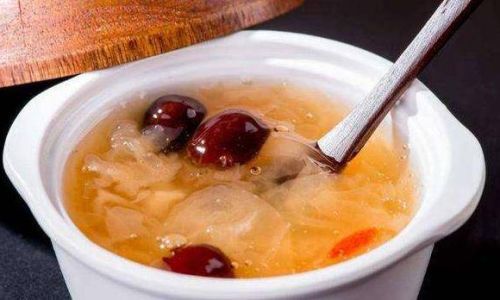
0 comments